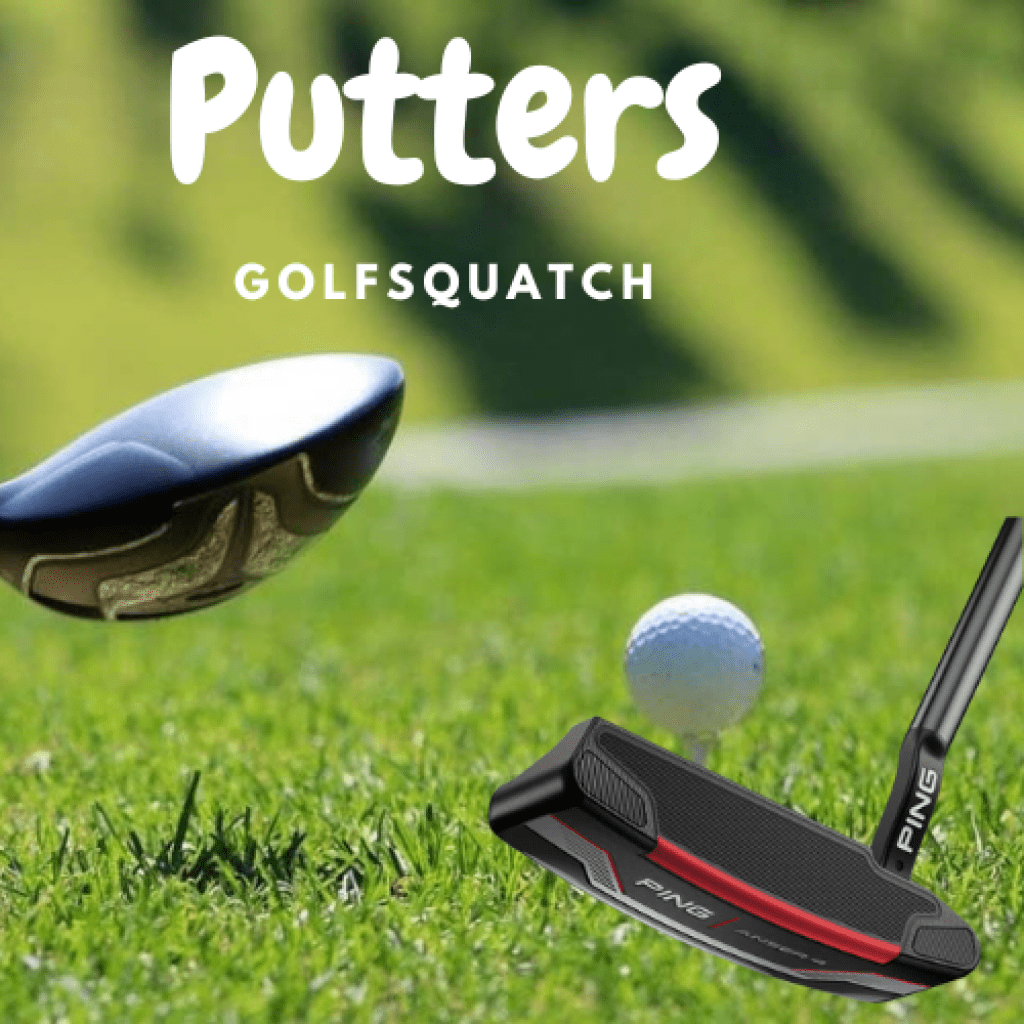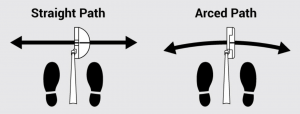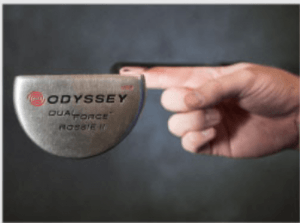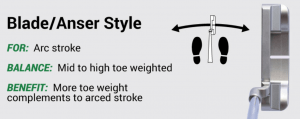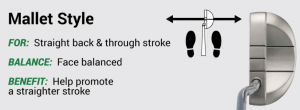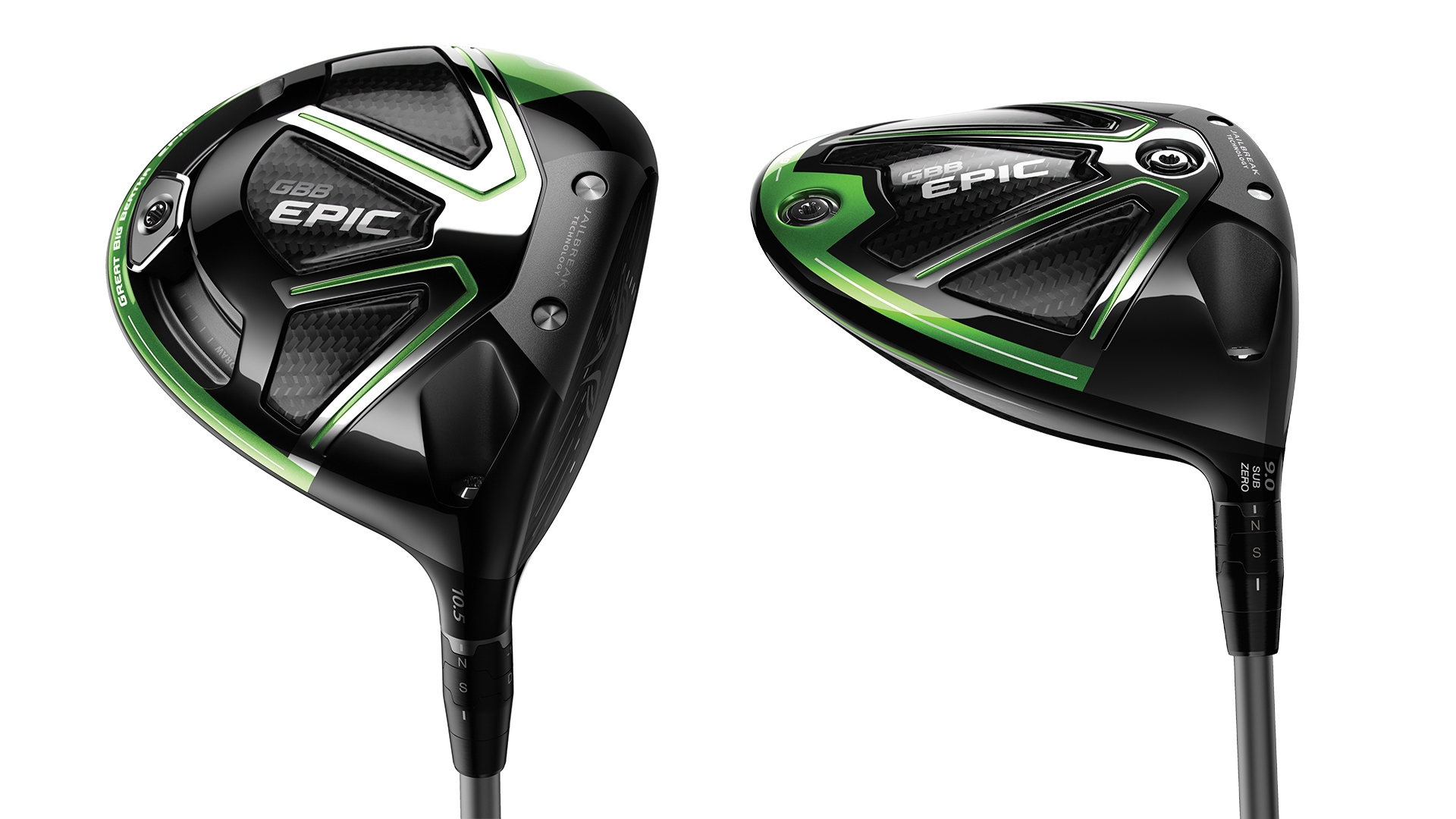Choosing a Putter is Dictated by Your Stroke
Putters will be the most used golf club in your bag, but some golfers fail to select the best one for their putting stroke.
Some may just consider the reputation of the putter or its attractiveness, and though you should consider these aspects, they are not the most critical aspects that you should consider when selecting the right putter for you.
The information below will guide in finding the right putter style for your stroke.
Choosing Putters by stroke path style
Before we get into the details of the features of putters in the market, it’s very important to highlight the main styles of putting. There are two putting stroking categories, and any golfer falls into either.
-
Straight putting style
This style is when the golfer aims at keeping the path of the club straight-back-and- through. The putter face angle is usually straight to the target.
-
Slight arc putting style
This style is in place when the golfer takes the club back slightly inside, returns to the ball square, and a slight arc to the left at the finish. Throughout this style, the face is opened on the backstroke, close to square at impact and the putter face is slightly closed at the finish.
How to determine your putting stroke style
It’s at times difficult to determine your nature of stroke style. We will provide a few steps that would assist you in this.
- Place masking tape on the ground and set the putter on top of it. A few feet of the masking tape should be enough and it should be parallel to your toe line. You may also use alignment rods for this purpose.
- Hit putts and check keenly how the putter veers off or doesn’t veer off the straight edges of the masking tape.
Choosing the correct putter style
Face- balanced
Face balanced putters are well suited for golfers with a straight path putting style. With a face-balanced putter, the golfer can maintain a square putter face throughout the stroke.
Toe-hang putter
Toe balanced putters are well suited for golfers with a slight arc putting style. It allows the golfer to putt with a consistent arc.
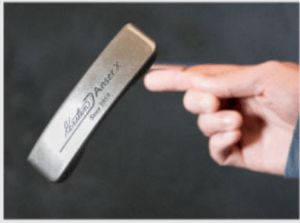
Mid-Balanced Putter
Mid balanced putters are well suited for golfers who have a high MOI (Moment of Inertia) reading. It allows the golfer to putt with a smoother stroke.
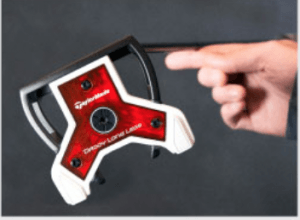
Testing the Putter Weight
A simple test can be conducted to determine how a putter is balanced. Horizontally balance the shaft of the putter across your open palm.
Allow the head to rotate naturally at its resting position. You have a face-balanced putter when the face points directly to the sky. On the other hand, you have a toe-hang putter when the putter’s toe hangs down or to the side.
Which Head Shape Should Your Putter Be?
Now you have determined whether you need a toe-hang or a face-balanced putter. You should now consider the head shape of the putter. This can be dependent on your personal preference, your standard of golf, and the type of greens you play.
Blade/Anser
A putter with a blade or Anser style is appropriate for the golfers with an arc stroke. This is because it has more toe weight that complements the arced stroke.
Mallet-Style
A mallet-style putter works well for the golfers with a straight back and through a stroke. Their shape promotes a straighter stroke.
High MOI
A putter with high MOI is suitable for those struggling to strike putts solidly or keep the stroke consistent. The shape reduces twisting on off-center hits.
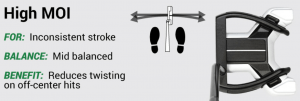
Determining the Weight of Your Putter
Personal preferences and the greens you play have a role in determining the right weight for your putter. Contrary to popular belief, a slightly lighter head should be considered when you putt on slower greens, while a heavier putter should be considered when putting on faster greens. This ensures that a certain feel is maintained throughout the swing.
The idea is that a higher weighted putter takes less backswing to get the weight going, so using it on faster greens makes sure you don’t over hit the ball.
On the other hand, a lighter putter takes a bigger back swing to generate ball speed. On fuzzier (slower) greens, this longer backswing gives you a better feel to make a shot on slower greens.
Choosing a Shaft length
You will get the proper posture when you select a putter with the correct shaft length. The shaft length is more on your arm length, height, and posture. PGA professionals accurately determine the correct shaft length for you, but you can still conduct a simple test to get an approximation of your ideal shaft length.
- As in normal situations, address a putt accordingly
- From your left eye, drop the golf ball
- Once the golf ball you’ve dropped lands on the ball you’re about to hit, your putter could have the right shaft length.
- On the other hand, when the golf ball you have dropped lands between your feet and the stationary golf ball, then the putter could be considered too long for you.
Choosing a Grip style
Consider the finishing touch of a grip. There are very many grip styles in the market, and your personal preference determines the type of grip you choose. However, you should note the following;
- A wider grip could cause flicking in the putting stroke or reduce wrist hinge since your hands will be separated on the golf club
- A heavier grip will provide a feel of lighter head weight.
- A lighter grip will provide a feel of a heavier head weight
With the above information, you can select a putter that complements your stroke, assists you to properly aim, great for your eye and one that inspires confidence. Go ahead and select the right putter for you and enjoy to hole more putts.
For a more detailed description of how to choose the right putter, go to Golftec
BONUS: Try Putting Cross Handed
Jordan Spieth, an American professional golfer and a member of the PGA tour is a former number one worldwide in the Official world golf ranking.
Jordan says that the putt cross-handed tip changed his putting game completely. He attributes his success in being ranked among the best professional golf putters to this tip.
Jordan says golfers should first place their right hand on the golf stick. If you’re left-handed, use your left hand. Put the opposite hand on the stick just below the former hand and ensure that both hands are at the same level. Maintain the level as you putt and you’re guaranteed to see great improvement
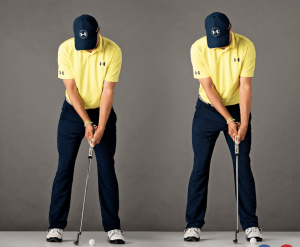
Photo by Walter Loose Jr

